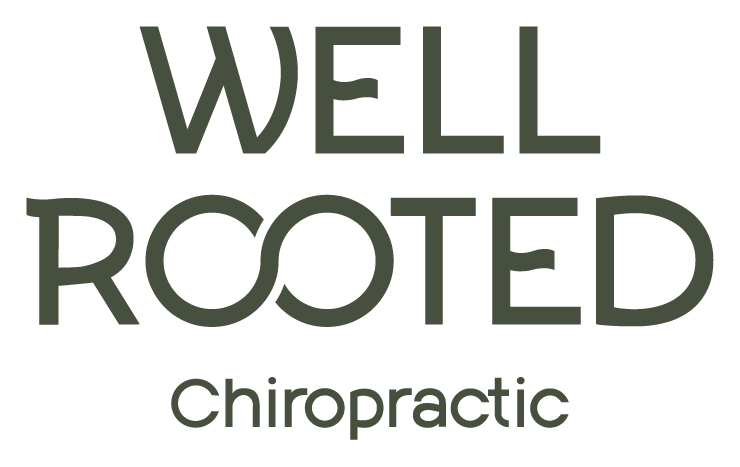This conversation is sparked by recent posts that I have seen in local mom groups. The question that always comes up is ‘when should I start my child on milk?’ Pediatricians and most doctors alike recommend transitioning toddlers to whole milk at one year of age from breastmilk or formula. My question is why is whole milk and more specifically dairy recommended for consumption to meet our calcium and vitamin D recommendations?
Dairy products are known to be digestive irritants for many individuals. There is a worldwide prevalence of lactose intolerance equivalent to 75% of the population(1). That’s a pretty large number of individuals to be recommending a food group. But, do other countries recommend dairy consumption like the United States? More specifically at the recommendation of pasteurized milk products in the United States. All throughout European countries raw unpasteurized milk products are the go to for consumption due to their probiotic and enzyme rich content. The United States and Canada are two of the only countries that recommend consumption of pasteurized milk products(2).
There are a multitude of health problems that are actually linked to dairy consumption. These include an increased risk of prostate cancer in men, heart disease, INCREASED risk of fractures by 50% (yes you read that right), and dairy consumption increases the body’s level of insulin-like growth factor-1 (IGF-1) — a known cancer promoter (3). Dairy is also linked to increased inflammation in the body and skin issues such as eczema.
There is also the conversation of consumption for vitamin D and calcium. Both of these are recommended to be consumed from other food sources such as whole foods products. However, I do recommend external supplementation of vitamin D for all individuals due to the depletion of our food sources which should be individualized to each person and something that requires a consult to determine.
Substitutions for dairy can include nut milks, oat milks, probiotic rich foods such as Kiefer, and vegan based butter, sour cream, cheeses etc. There are more options than you realize and we’re happy to help you.
In good health,,

References:

